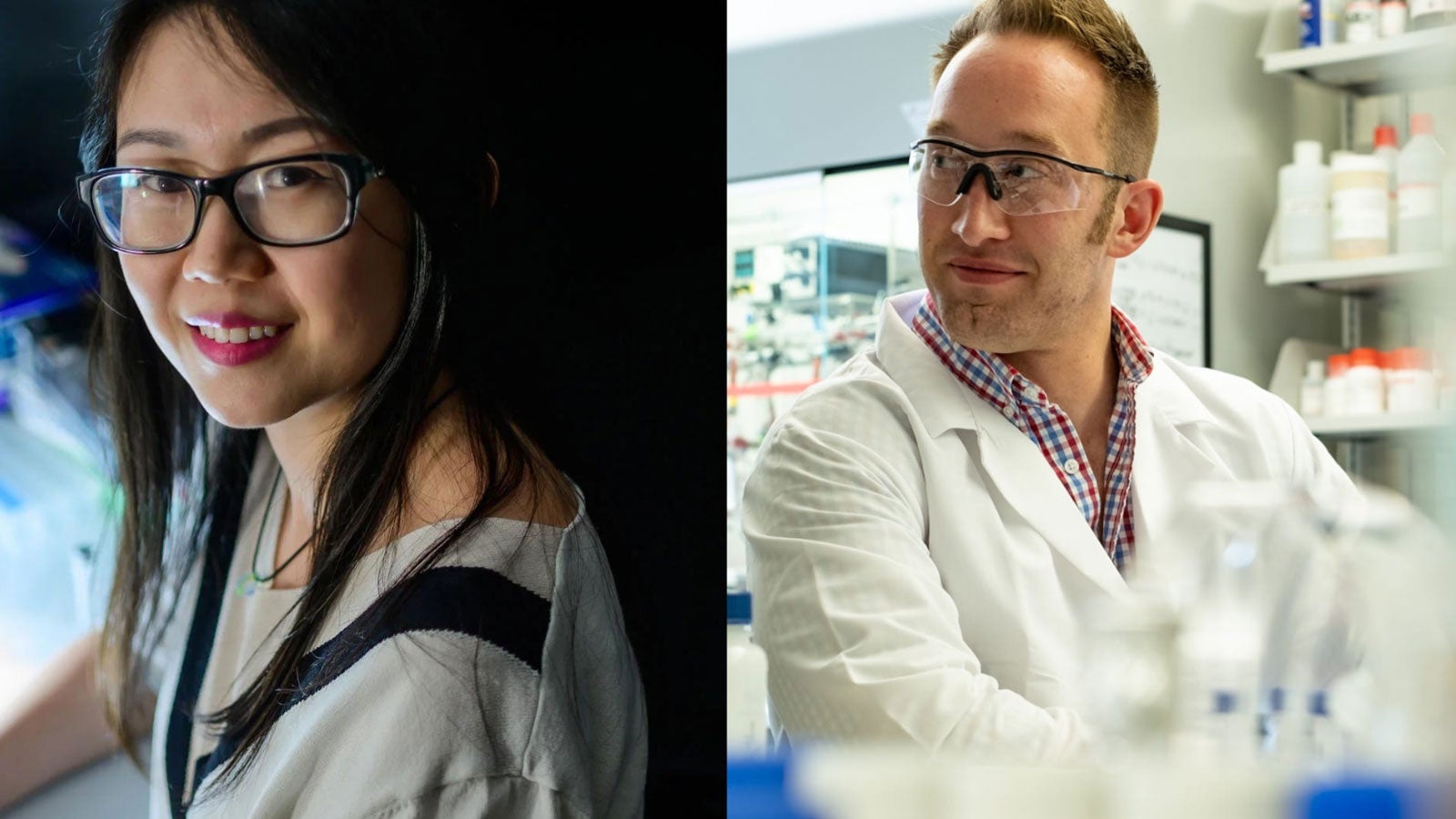Surface strain can help increase the performance of nanocatalysts, and researchers at Rice have designed a new strategy to stabilize the surface strain in materials.
“The strategy we have developed can also be widely applied to design better catalysts to reduce greenhouse gases and produce clean energy,” said Chuqiao Shi, a postdoctoral researcher working in the lab of Yimo Han, assistant professor of materials science and nanoengineering (MSNE).
Han and Matthew R. Jones, Gene and Norman Hackerman Associate Professor of Chemistry, have published “Preserving Surface Strain in Nanocatalysts via Morphology Control” in the journal Science Advances. They expect their findings to have significant applications in catalysis and the acceleration of chemical reactions.
The use of strain-engineered nanocatalysts still faces challenges, in particular in maintaining highly strained nanocrystals under reaction conditions. Han and her colleagues have found a morphology-dependent effect that stabilizes surface strain even under harsh reaction conditions.
The article originated from a lunchtime discussion between Han and Jones in which they discussed their complementary research strengths. Jones' lab had synthesized strained nanocrystals, while Han’s lab possessed the most effective techniques to “visualize” the strain. The collaboration led to the discovery of a novel approach to stabilizing strain in nanocatalysts, enhancing their performance in catalytic applications.
They use four-dimensional scanning transmission electron microscopy (4D-STEM) to capture an electron diffraction pattern at each scan position, which produces detailed structural information.
“This enables the comprehensive mapping of atomistic structures of an entire sample over dimensions ranging from a few nanometers to hundreds of micrometers,” Han said. “The approach can also be extended to other materials, including semiconductors and quantum materials.”
Han and Jones’ co-authors are Zhihua Cheng, postdoctoral researcher in chemistry at Northwestern University; Alberto Leonardi, research associate at Indiana University; Yao Yang, assistant professor of chemistry and chemical biology at Cornell; Michael Engel, professor of chemical and biological engineering at Friedrich-Alexander-Universität Erlangen-Nürnberg.

